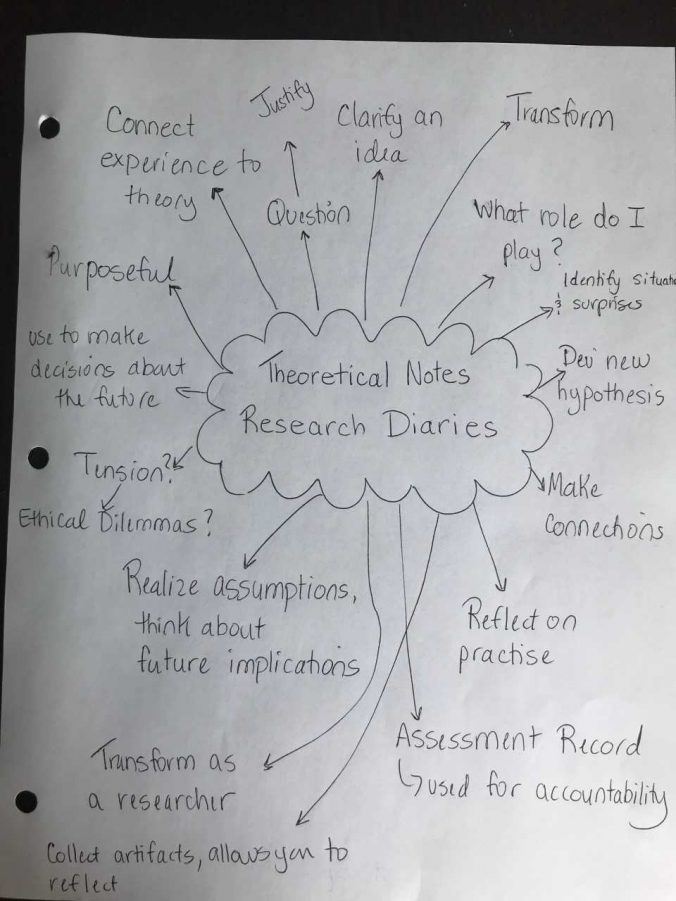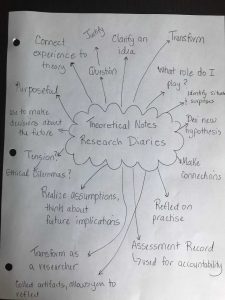The concept of digital citizenship and the effects of technology and social media with students made me reflect a lot on my own practice. How do we prepare our students to use the internet and social media sources safely? What does that preparation look like? Will that learning transfer from home to school? I feel that often the focus is primarily on the task at hand, and not looking at what it might look like for students that have had very little exposure with technology, or how to use it in a way that is both positive and meaningful. I have already in my short time at my current elementary school, contacted our tech support to assist me with adjusting safety settings for the google search engine. After several sessions with the public health nurse and sexual health educator, I was quite surprised to see what kinds of images students could access with supervised time in our computer labs. Enquiring minds wanted to know… far more than we were prepared to share!
The example Dr. Couros used of soft vs. hard technology- where students have used their cell phones for example to take pictures of their class notes stuck out for me. I have previously been open to students taking pictures of notes we have collected, especially when I taught at the middle and high school level. I have to question the practicality and wonder how effective this is? What seems like a practical solution to students with written output learning disabilities is not a one size fits all use of technology, especially if we consider how many students are reflecting back. Still I appreciate some of the useful options of allowing students to bring their cell phones to school, especially when it comes to very specific and useful applications. A scientific calculator application for your cell phone makes specific math courses more accessible versus having to purchase a scientific calculator.
Lastly, the comment that was made, “If you can google it, why teach it?” makes me wonder if we may in fact loose the concept of curiosity. If you can easily google the answer for pretty much anything, are you left to be curious and have wonder about anything? I’d like to think so, however now seeking that answer may be as easy as the click of your finger. The journey to get from point A to point B is much shorter. Will this discourage learners to think more critically and independently about their own ideas? Hinder their ability to question and be curious?


Recent Comments